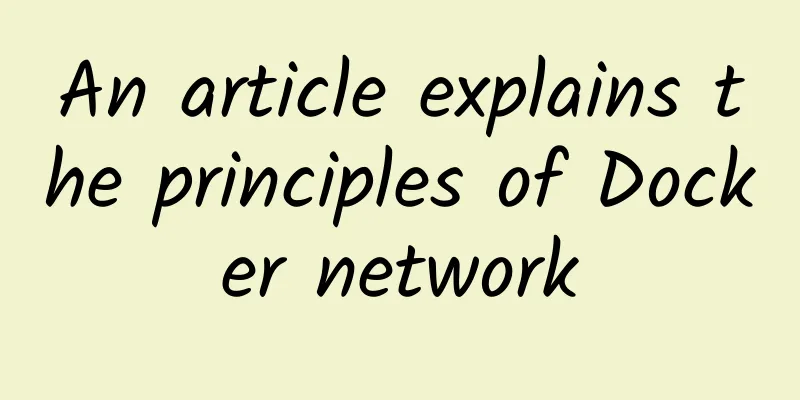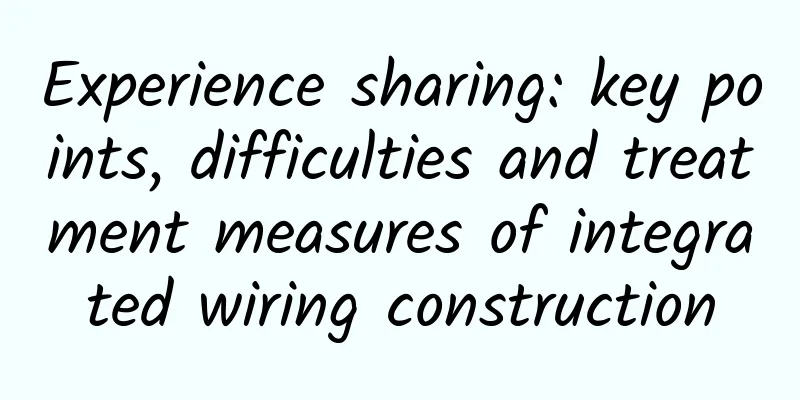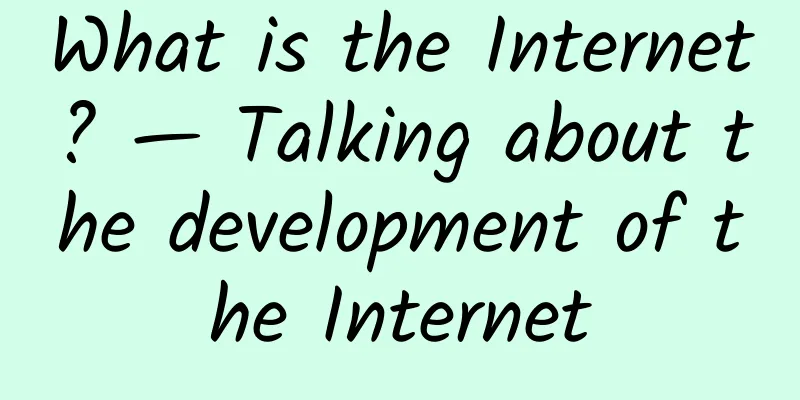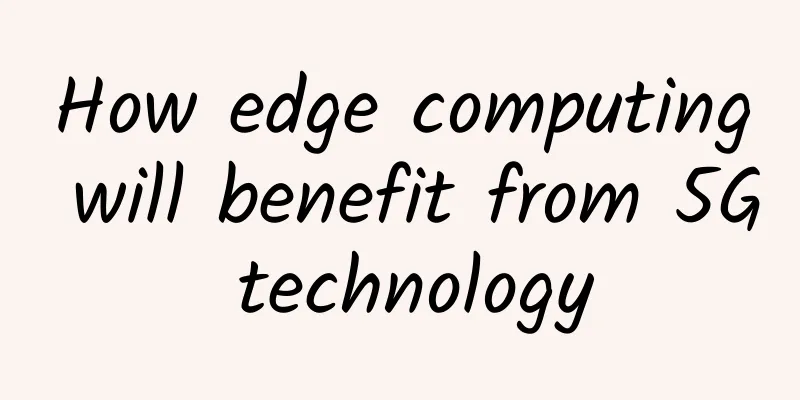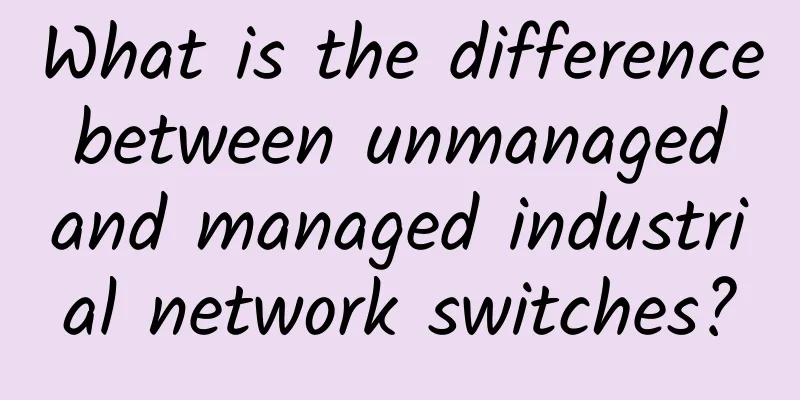What is the Internet of Things, what is blockchain, and what is big data?

|
In the near future, the number of IoT devices will explode, possibly reaching hundreds of billions or even trillions. For such a huge network, if it is still managed in a centralized networking mode, the investment in the maintenance of the data center infrastructure will be immeasurable. Big data is essentially a small branch of databases, so this question is related to databases. Databases are actually a very old research field in the software, Internet, and IT industries. From the initial file system to the ER model, and then to the three major achievements of traditional databases that everyone knows, relational models, transaction processing, and query optimization, to the rise of NOSql databases after the popularity of the Internet, database technology is constantly developing and changing, including semi-structured data represented by XML, and unstructured data processing such as text and voice.
The relationship between blockchain and database seems to be just like this. From the evolution of database technology, we can find that it always comes from how to meet new business needs and then create new data processing technologies. For example, from the very beginning of the file system, why do we need the ER model? Because of the development of the financial industry, people have further needs for these fast accounting, high-concurrency data writing and access, which led to the emergence and rapid development of the entity relationship model. Why did the NOSql database appear later? It is because the rapid development of the Internet has put forward higher and newer requirements for databases, so in essence we think that the entire Internet is a large database.
Things are always evolving. Of course, after we solve the problem of massive real-time data processing on the Internet through technologies such as NOSql database and cloud storage, the next problem is bound to come, that is, how to solve the authenticity and validity of data in a large-scale manner. For example, it may be related to our diet, from the initial problem of food and clothing, to the problem of nutritional structure, and then to the food safety issue that everyone is concerned about. The development of databases is actually the same. When we can solve these problems of data storage and data access through the ER entity relationship model and the NOSql database, the next thing everyone should care about and solve must be the authenticity and validity issues. So at this stage, the requirements for data authenticity, validity, non-forgeability and non-tamperability represented by blockchain are definitely a new starting point and new requirements compared to current databases. We can clearly feel that the trend of database and blockchain integration is actually very close and unstoppable, just like the movie content producers are beginning to develop in the direction of virtual reality and augmented reality; from the perspective of databases, blockchain is a new way of organizing data. We believe that big data and blockchain are the integration of the two. |
>>: Internet of Things, AI: Seven major trends that will reform enterprise IT in 2018!
Recommend
Huawei and Longgang join hands to build an intelligent city and promote digital China
On November 16, the China (Shenzhen) Smart City S...
Why is cloud-network integration so popular?
Cloud-network integration is one of the hottest t...
my country's cumulative investment in 5G network construction exceeds 260 billion
On February 23, the Mobile World Congress in Shan...
[11.11] DogYun: 30% off on Elastic Cloud, 20% off on Classic Cloud, 100 yuan off on Dedicated Server/month, 1 yuan free for every 11 yuan spent
DogYun has just released its promotional plan for...
In the 5G era, closed systems are also dangerous. There is no chance to upgrade or patch.
As traditional industrial control systems and equ...
The Cybersecurity Law was promulgated: 6 highlights
On November 7, the 24th meeting of the Standing C...
HostYun: 25 yuan/month KVM-1GB/10G SSD/500GB (including CN2)/Korea VPS
Let's take a look at HostYun's informatio...
Microsoft redesigns the calling interface in Teams
[[356857]] Microsoft Corp. has reportedly begun r...
Abandon 2.4GHz! This is the new Wi-Fi standard 802.11ax
In our daily router reviews or shopping guides, w...
From the industry, to the industry | Huawei's China Government Business "knowledgeable" image is officially released
On June 22, Huawei China Government Business offi...
Easy to understand: understanding the "weakness" and "slowness" of mobile networks
1. Introduction With the rapid development of mob...
Can Huawei reshape the Internet?
[[320457]] This article is reproduced from Leipho...
Comparative analysis of five smart home wireless technologies: KNX RF, Zigbee, Z-Wave, WiFi, BLE-MESH
Smart home solutions need to comprehensively cons...
Aoyozhuji 20% off for all lines, US CN2/Hong Kong CN2/Germany CN2/Netherlands CN2/Hong Kong high-defense lines
Aoyozhuji is a long-established foreign VPS servi...
Application and development of machine learning tools in data centers
At the beginning of the Internet, data centers we...
